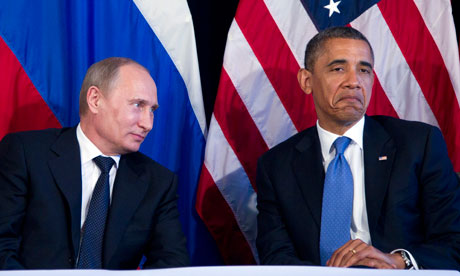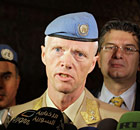Digital Crosspoint Switches and Mux / DeMux: Market Shares, Strategies, and Forecasts, Worldwide, 2012 to 2018
WinterGreen Research announces that it has published
a new study Digital Crosspoint Switches and Buffers: Market Shares,
Strategy, and Forecasts, Worldwide, 2012 to 2018. The 2012 study has
541 pages, 166 tables and figures. Market growth is related to the
explosion of digital information and video that needs to be transported
over public and private networks.
Digital crosspoint switches are used in high rate data transfer situations to support integration of information in data centers and by carriers. Broadcast quality video transport of data on the Internet is evolving new applications including those at every level of the supply chain, creating demand at the high end for crosspoint switches.
High quality, high speed data and video transport is part of the evolution of broadband networks. Data within the data center is being moved to storage devices and through networks. Data is moving across regional and international locations at a more rapid pace.
According to Susan Eustis, lead author of the WinterGreen Research team that prepared the Digital Crosspoint Switches and Buffers market research study, “With breakthrough 10 Gbps port capacity, the next generation digital crosspoint switch devices enable a next generation level of performance and architectural options for higher density system designs. These 10 Gbps devices are used to implement the 40 Gbps and 100 Gbps port capacity. High speed data infrastructure for40 Gbps and 100 Gbps port capacity is being built almost exclusively from 10 Gbps crosspoint switches. The ability to achieve 40 Gbps data transport and routing devices by stringing together 4 10Gbps devices is less expensive than going to a 40 Gbps device.”
Any technology has an adoption curve. Components that start at market prices are subject to economies of scale. They are priced accordingly. Customers have shipments in 1 gig. These devices are getting mature. The price is dropping substantially. The same is happening for 10 Gbps devices.
Companies seem to feel that there is a little life left in the 10 Gbps crosspoint devices due to the recent technology breakthroughs giving some market life to these devices before 25 Gbps and 28 Gbps devices roll into full product release. Full product release is sure to drive prices down for the new units, making it attractive to use smaller crosspoint switches linked together to gain capacity.
Communications semiconductors demand is increasing. Evolving technology for broadband access is increasing data rates. The increase in network traffic is in part because of the Internet and voice over IP. High speed video transport has become more feasible and is being used more.
A quantum increase in the quantity of data that is being transmitted has occurred. Broadband communications networks are supported in part by advanced digital crosspoint switch devices that permit interconnect functioning to be efficient. They are part of an overall market for network infrastructure equipment and communications semiconductors that offer attractive long-term growth prospects.
Networks are moving to embrace a universal Ethernet protocol. As network bandwidth requirements continue to accelerate, more systems require solutions for high-speed signal integrity problems. Crosspoint switch connectivity product lines sell into carrier and enterprise networking applications.
Products address an increasing need to transport signals at ever increasing speed. Units go across fiber, cable, and copper backplane applications. Incumbent telecommunications carriers, integrated communication service providers, cable multiple service operators, and data center managers are among those worldwide who continue to upgrade and expand legacy portions of their networks. The aim is to accommodate new service offerings. A further aim is to reduce operating costs.
The upgrade and expansion cycle requires the development of a variety of new equipment created from advanced semiconductor solutions. The development of new, next-generation networks is an ongoing effort for both service providers and enterprise data centers.
This study illustrates the digital crosspoint switch market driving forces. It describes the principal competitive factors that impact the success of digital crosspoint switches as they are used to provide chips for high speed data integration management solutions. Market opportunities are addressed in the comprehensive market study that lays out strategy considerations in considerable detail: Markets at $260.7 million in 2011 are anticipated to reach $901.1 billion by 2018.
WinterGreen Research is an independent research organization funded by the sale of market research studies all over the world and by the implementation of ROI models that are used to calculate the total cost of ownership of equipment, services, and software. The company has 35 distributors worldwide, including Global Information Info Shop, Market Research.com, Research and Markets, Bloomberg, and Thompson Financial.

